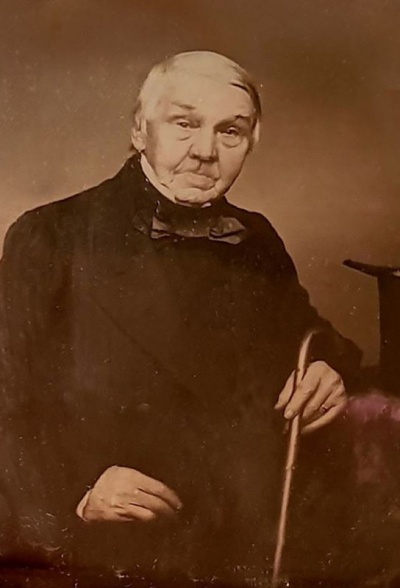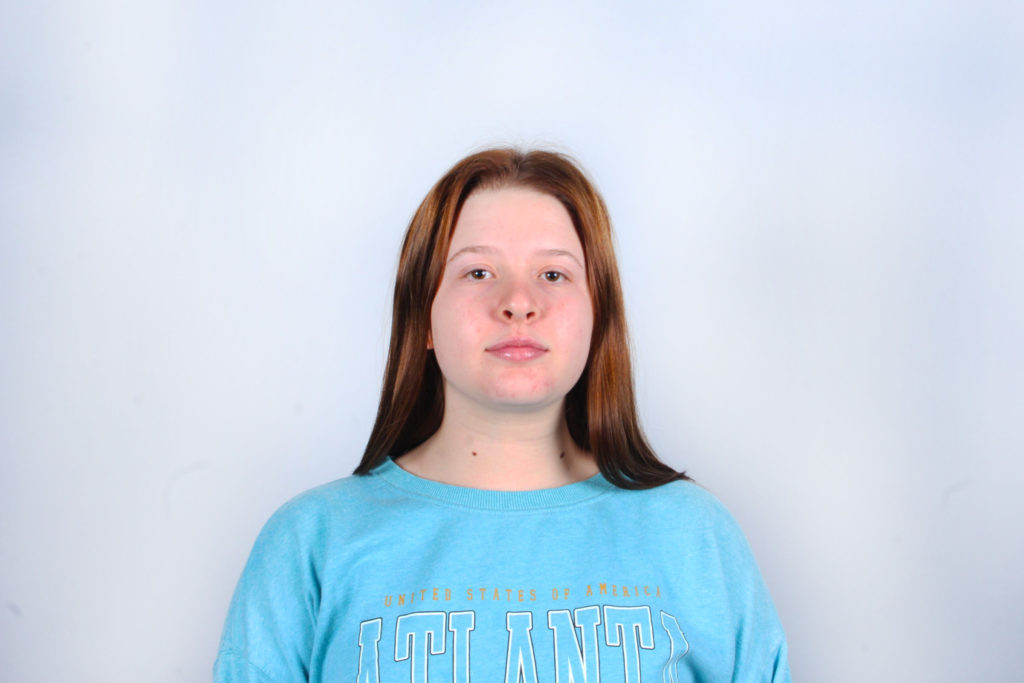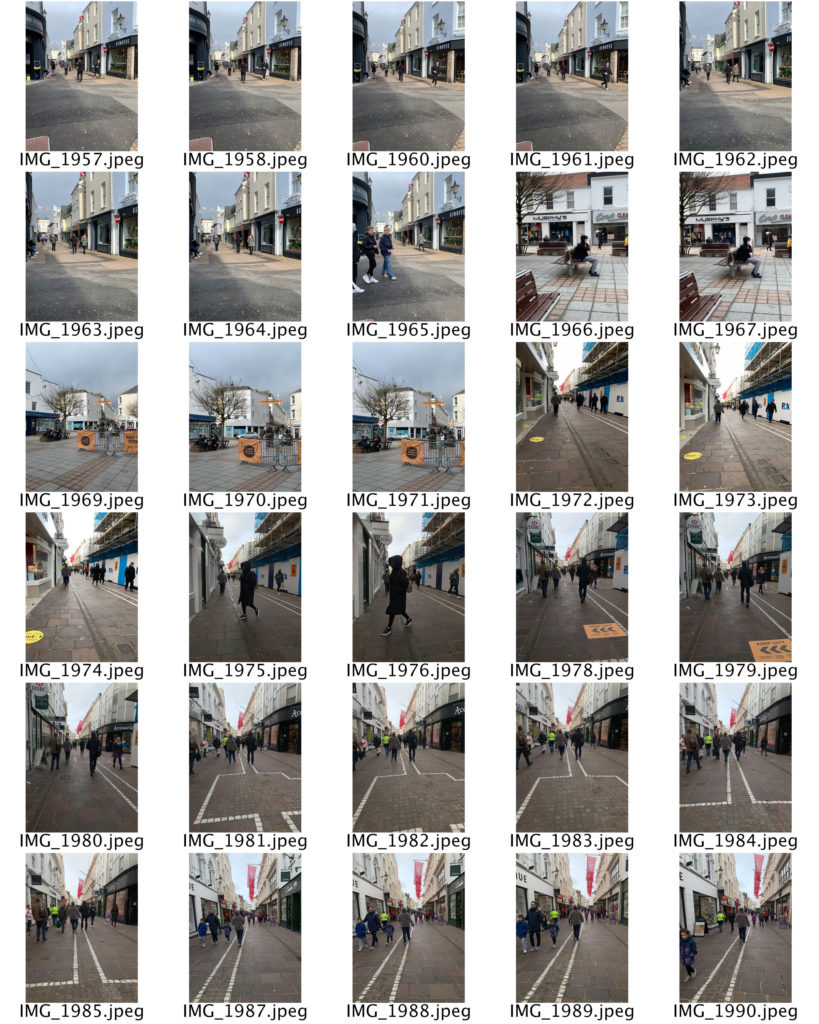Studio lighting is an essential part of most photographer’s work, as it allows them to create an effect which can be either natural or artificial. A photographer’s choice of lighting is an integral part of the composition of their photographs, and can be the difference between a good image and a bad image. Studio lighting in particular can be manipulated in so many different ways, allowing the photographer to create a numerous amount of images just by changing the lighting.
Rembrandt lighting is a standard lighting technique that is used in studio portrait photography and cinematography. It can be achieved using one light and a reflector, or two lights, and is popular because it is capable of producing images which appear both natural and compelling with a minimum of equipment. Chiaroscuro is the use of contrast in light and shading across an entire image composition. It is a technique that creates a three-dimensional quality in images on a two-dimensional plane. Chiaroscuro lighting was developed by Leonardo Da Vinci, Caravaggio, Vermeer, and Rembrandt.
MY RESPONSE
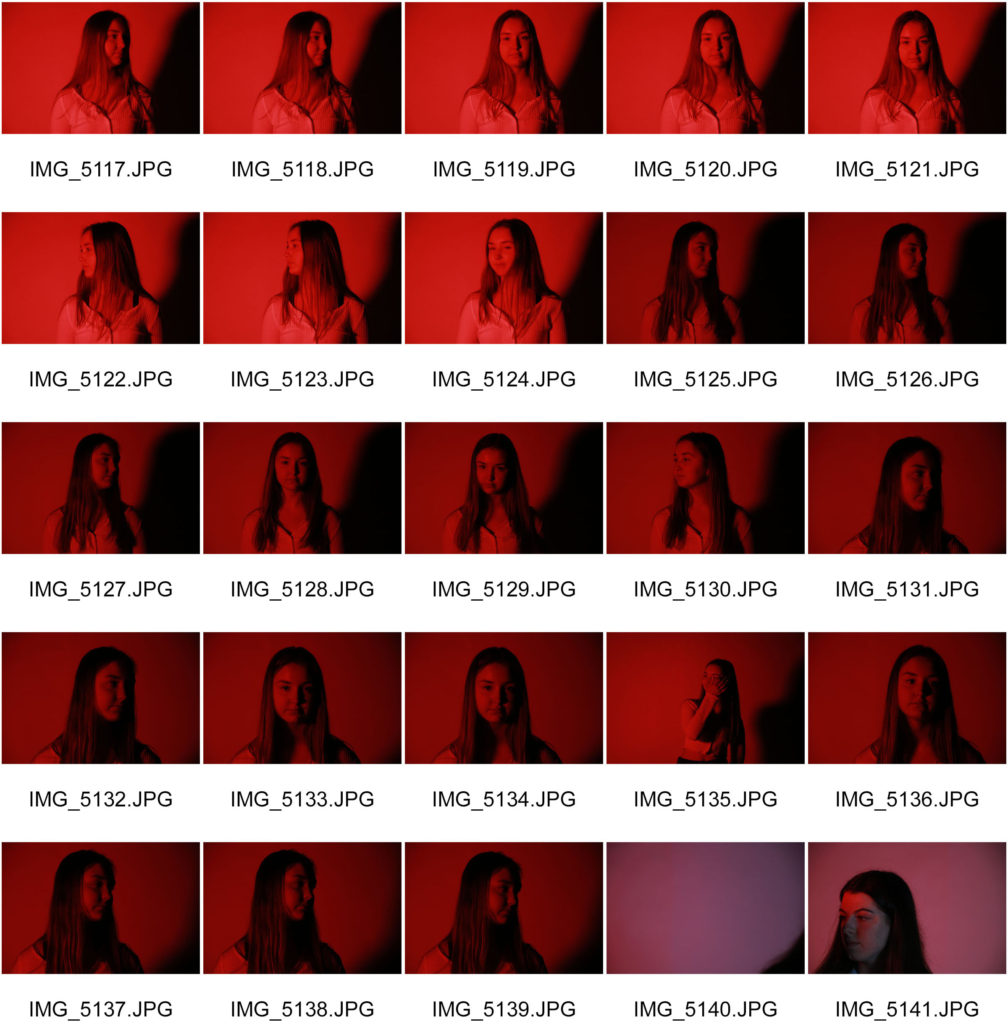
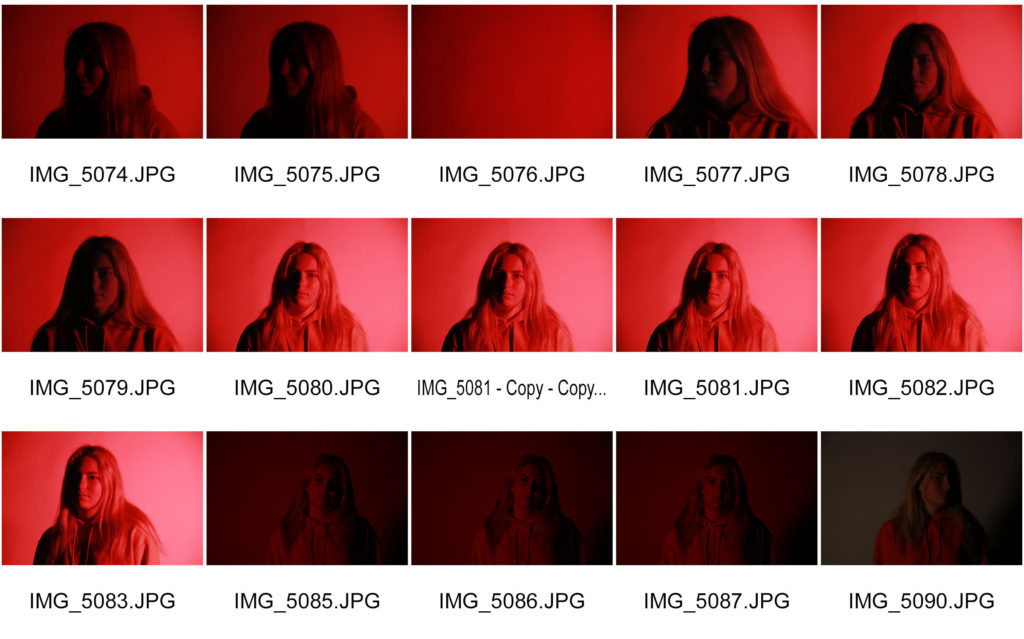
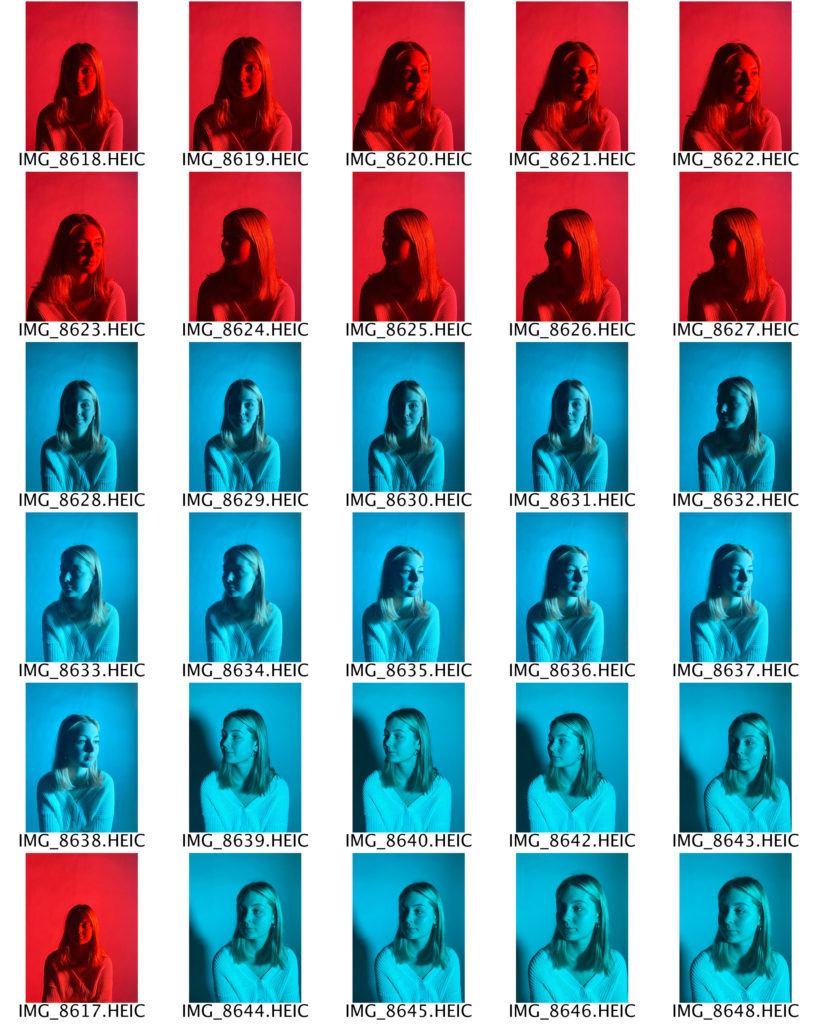
FINAL IMAGES
I have selected these three photographs as my final images because I think that they best show the Chiaroscuro lighting technique. The shadows being cast across my subject’s face fall in a triangular shape, which creates a three dimensional effect. I had my light set up on one side of my subject’s face and I switched sides regularly in order to create and explore different angles and shadows. I decided to use a colourful plastic sheet over an L.E.D. light instead of a spotlight because I wanted as much of my subject’s face illuminated as possible, but still with the shadows being cast over one side of her face. Additionally, I think that the colour adds a slightly modern touch to the old technique, and makes the photographs appear more vibrant and full of life. I chose the red and blue colours because they gave the best visibility through the camera lens, and were the most contrasting in tone.





